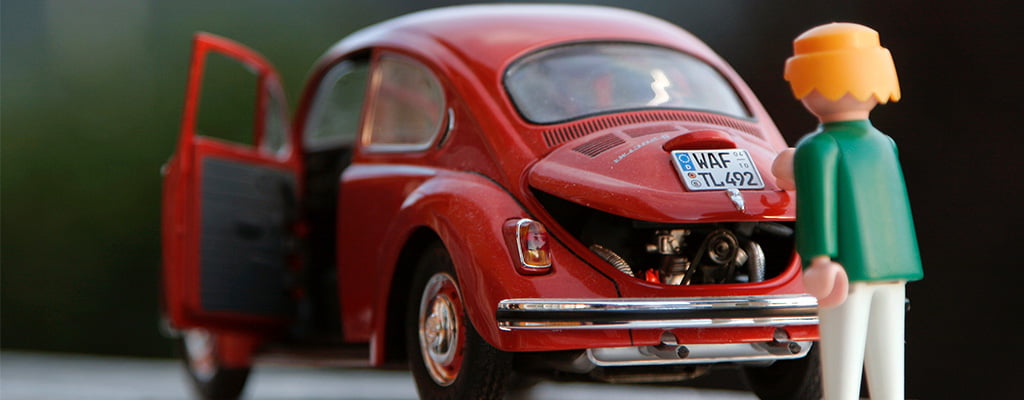
With lockdown restrictions due to lift in the coming week, many employees will be returning to their regular commuting and business motoring, perhaps having spent several weeks off the road. A vehicle that’s been allowed to sit unused for a period of time may have developed unseen issues that go on to manifest themselves at an inconvenient – or even a dangerous – moment.
If you haven’t performed these essential POWDERY checks for a while, take a few minutes to carry them out, ideally a couple of days before you’re due to take to the roads again to give yourself the opportunity to rectify any issues.
P – Petrol
Always check fuel levels before setting off, and if it’s low, make sure you allow time to stop for fuel to avoid unnecessary stress on an important journey. If you’re an EV driver, think ‘P’ for ‘power’: make sure you have enough charge for your next journey, or use one of the growing number of apps to plan for charging stops on your route. Remember too that battery performance won’t be as good in cold weather, and you’ll also need to rely on it for heating and demisting.
O – Oil
When did you last do an oil check? Most new cars will let drivers know when oil levels are running low, but for older vehicles it’s worth checking regularly. Some manufacturers recommend using different grades of oil in cold conditions, so the run up to winter can be a good time to get an oil service done to ensure that your oil is the right grade and condition to provide the best performance, economy and cold starting.
W – Water
A long period without use, especially in cold weather, can sometimes result in small coolant leaks, especially on older vehicles where rubber hoses may have degraded. Check your coolant level regularly and don’t wait until the warning light comes on. As for screenwash, you’ll be using more of this in foul weather or on gritted roads so make sure it’s topped up, and be sure to use a type suitable for sub-zero temperatures to avoid it freezing.
D – Damage
Advise your fleet manager if you spot any damage on your vehicle or, if you use your own vehicle, make sure you have any damage repaired as soon as possible. This is particularly important if you discover damage to items such as tyres, suspension, mirrors and lights, which can all affect safety.
E – Electrics
After a period of inactivity, there’s a chance that your vehicle’s battery will have drained, and battery performance tends to suffer in cold weather anyway. If you haven’t started it for a while, it’s worth doing this well in advance of your next journey to give yourself time to charge the battery if necessary. Check also that all other electrics are working, including your lights, horn, windows and ventilation systems.
R – Rubber
Checking your tyres is arguably the most important vehicle safety check, particularly during the winter months when tyres will frequently need to deal with standing water. Legally, your tread depth must be at least 1.6mm, but tyres should ideally be replaced before they are this worn to ensure optimum wet weather cornering and braking performance. They must also be kept at the correct pressure to perform as they should. Refer to your vehicle manual or to the information label, often found on the driver’s door pillar, for the manufacturer’s recommended tyre pressures.
Y – You
Carrying out all of the above checks can help give you peace of mind and make you feel prepared for your next journey if you’ve spent a while away from driving. Remember that stress, illness, fatigue and lack of confidence can all affect your ability to drive safely. Before each journey, take a moment to think about how you’re feeling, and don’t drive unless you feel fit and well. If you’re a manager who has concerns about employee wellbeing in relation to business driving, take a look at our Fleet Safety Guide, which includes a section about supporting employees’ mental health.


